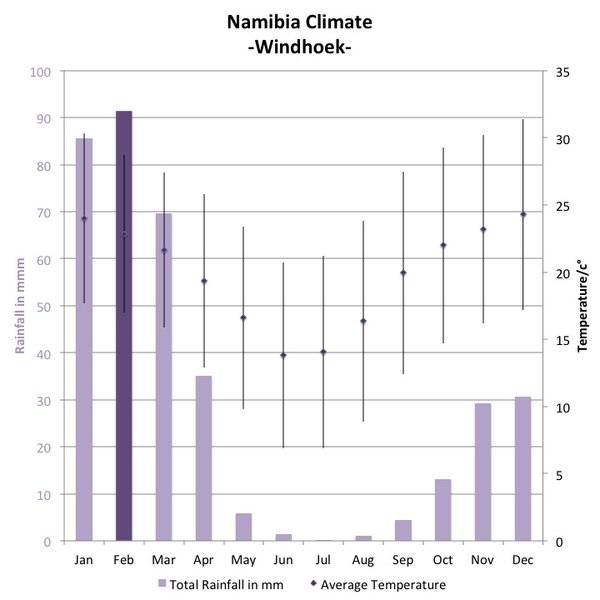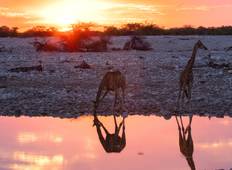

The latter is slightly rainier, and it's home to xerophyte plants such as cacti and other succulent species. The driest region is the coastal area, where the Namib Desert is located, as well as the south, where the Kalahari Desert is found. The country is home to nature reserves and parks of great beauty, like the Etosha National Park.īeing in the Southern Hemisphere, its seasons are reversed in comparison with Europe or North America, and the coolest period is from May to August. On the contrary, during winter, the plateau can get cold at night, with possible light frosts everywhere. There may be blistering days from September to March in the north, from November to January in Windhoek, which is located at a pretty high altitude, and from September to Avril or early May in the center-south. Nevertheless, it can get hot in summer, especially at some distance from the sea and in areas located at not too high altitudes. As a result, the climate is cooler and drier than you might think. The country is crossed by the Tropic of Capricorn, but a cold current, called Benguela Current, flows along the coast, while the interior is occupied by a plateau.

Namibia, formerly South-West Africa, has a sub-tropical climate, desert along the coast and in the south, and arid, but with a rainy season from November to March, in inland north-central areas and in the north-east. The plateau - Tsumeb, Windhoek, Keetmanshoop.


 0 kommentar(er)
0 kommentar(er)
